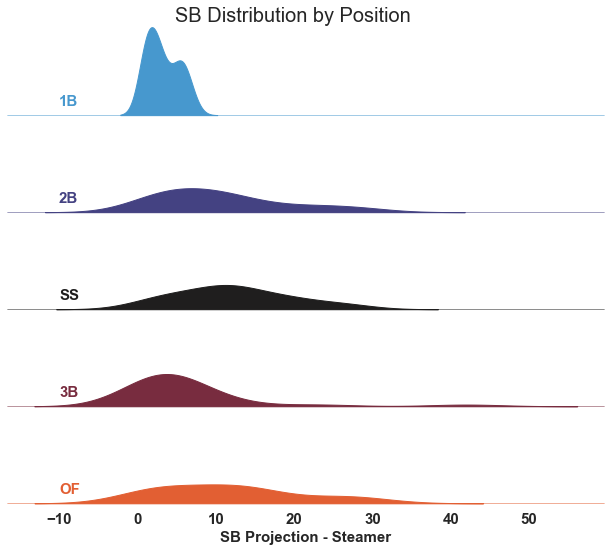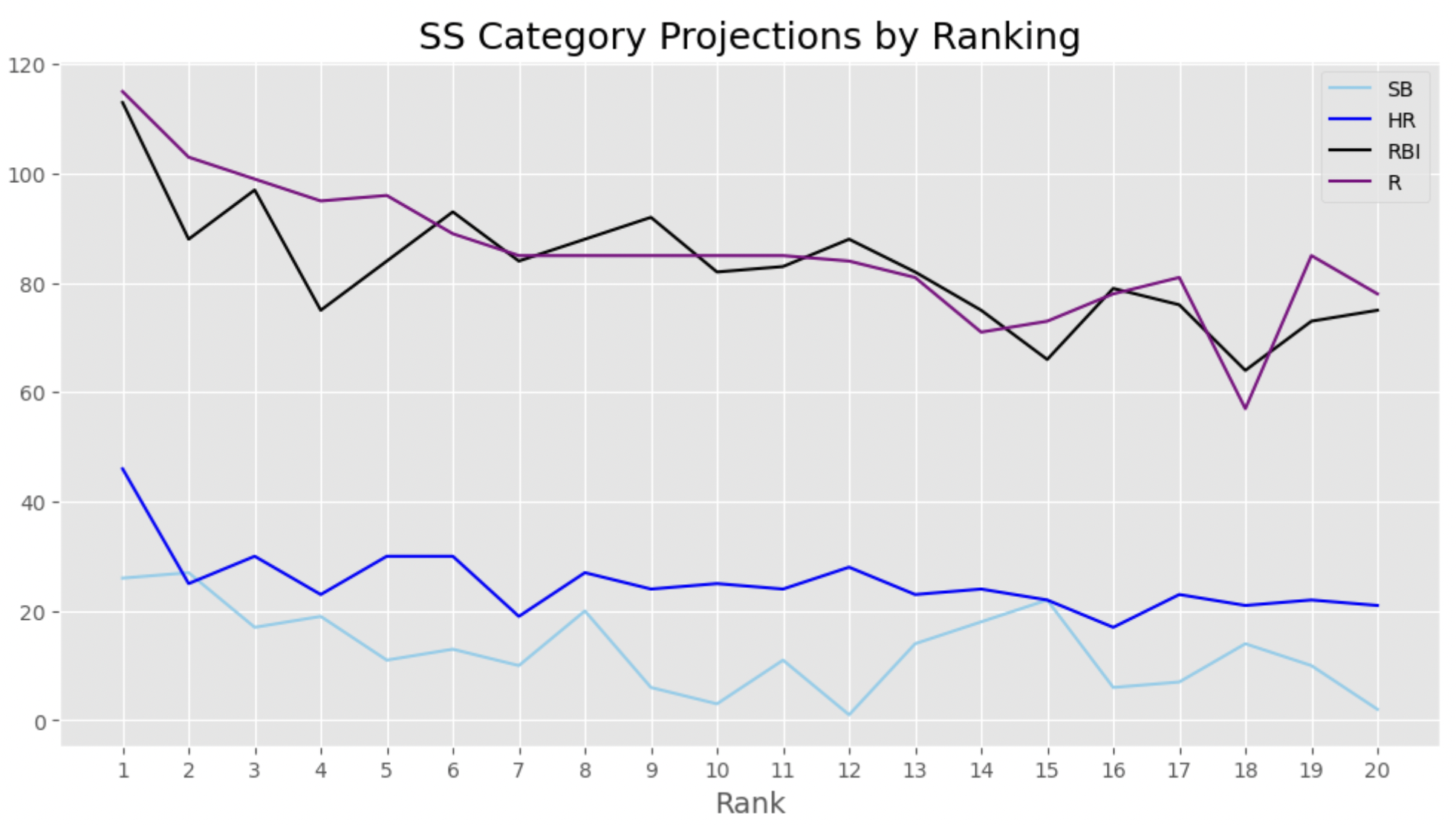Last week, I investigated fastball pitch values as provided by Pitch Info on our Pitch Value leaderboards. Here’s an interesting thing about pVal from our glossary that you probably already knew:
“If you have a great fastball, you’re going to usually have a great wFB, but if you also have a great slider, there’s a good chance it will help your wFB too. Pitch values are about the change in run expectancy against various pitches or the production against those pitches. You can’t leap from performance against a pitch to the quality of the pitch.”
From a fantasy perspective, it seems like a good play to find pitchers with good fastballs. But, what about pitchers with good fastballs and good secondary pitches? Think of Max Scherzer’s fastball/slider combo. Or, how about Trevor Rogers‘ fastball/changeup? That was good, right? In this article, I’ll take a look at pitchers with a nice one-two punch and try to determine if we can use this as a tool for the upcoming season.
I’ll be referring to a “plus” pitch as one with a pVal of one standard deviation or greater above the average. Of all pitchers who threw at least 100 innings in 2021, only four had a plus fastball and two plus secondary pitches. There were seven pitchers in this group who had a plus fastball and one other plus secondary. Here they are in table form:
Plus Fastball, Plus Secondary
Among pitchers with at least 100IP in 2021.
The table above is full of great pitchers who threw a lot of innings last season. Does anyone surprise you? My guess would be no. Does this help you prepare for your draft? Probably not. But I don’t really know of anything that will tell us how good a pitcher’s curveball is expected to be next season. I suppose Eno Sarris’ Stuff+/Pitching+ is predictive in-season and becomes predictive quickly, but beyond that, how can we tell if Walker Buehler’s cutter will still be good? For now, I’m going to put the whole ‘is predictive’, ‘isn’t predictive’ talk to the side, and just focus on what happened last year. Let’s now look at the pitchers who showed a “plus” wFB in 2021 but did not post a “plus” secondary. This will allow us to imagine what they could be if they add a good secondary:
Pitchers with a Plus wFB and No Plus Secondary
*Pitchers listed did not throw a KN and very few SF
**Among pitchers with at least 100 IP in 2021.
Anthony DeSclafani and Robbie Ray both just barely missed the wSL “plus” designation which is at 10 with the above player pool. Ranger Suarez also comes close to getting a wCH “plus” designation which is 4.2. However, all of these hurlers accumulated great value with the fastball and we can put our money on a few of them with some caveats. First, they have to repeat that fastball value, and second, they have to improve one of their secondary offerings. If you feel confident that that can happen, you may want to bump these pitchers up a few slots. Not that you had Robbie Ray pinned as a sleeper, but maybe you passed right over DeSclafani in your mock draft, and now, he’s got your attention.
Projecting pVals is probably as difficult as projecting CBA negotiation outcomes, but what happened in the past can inform us of what will happen in the future, even if it is not “sticky”. Regardless, this examination just gives you one more thing to think about when there’s a run on the catcher position in your draft, leaving you with too many great SP values to choose from.



